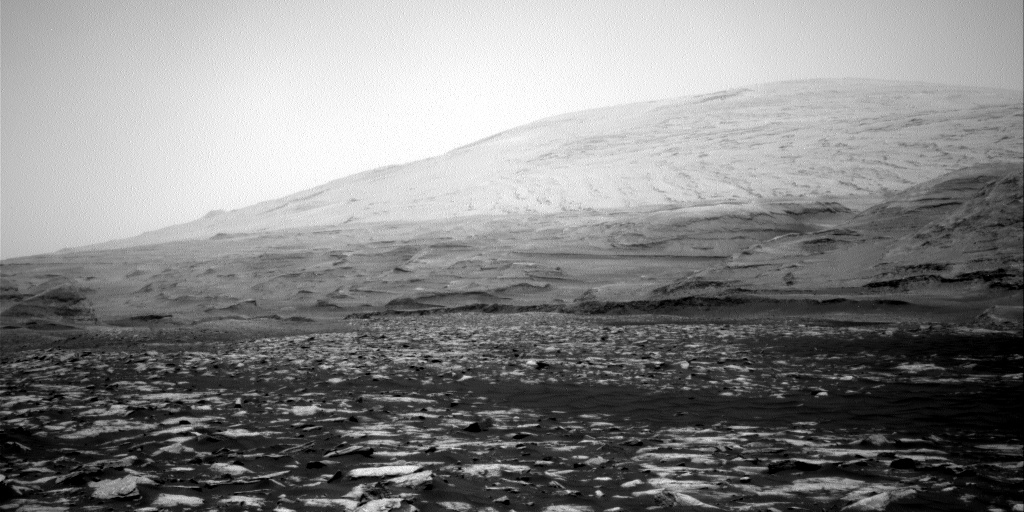2 min read

Three thousand sols and never a dull moment! Today we planned Sols 2999-3000 and it was a real reminder of how complex and rewarding this mission can be. Curiosity has recently completed an investigation of the “Sands of Forvie” ripple field and we are working our way back to the path that we plan to take to ascend Mt. Sharp, transitioning back into terrain with fewer broken blocks of bedrock. In the previous plan, Curiosity shifted slightly when we first unstowed the arm for the contact science activities. When the flight software detected this small but unexpected movement, the rover stopped moving the arm to await further instruction from Earth. This is exactly what we designed the software to do to make sure everything stays safe, and it means we didn’t carry out subsequent contact science or the drive over the weekend. This is a good safety check, and a reminder of how we’ve made it to Sol 3,000 with a healthy rover by making good decisions and making sure we’re on stable ground! All is well and it just means that today we have a familiar workspace and a chance to regain some of these observations before getting back on the road.
Today’s two-sol plan starts with ChemCam observation of the targets “Queyon” and “Longa Skerry” to characterize the various textures and diagenetic features present in the bedrock. Then Mastcam will acquire a multispectral observation of “St. Andrew Square” to assess some interesting color variations, and later in the afternoon MAHLI will take a closer look at targets named “Nugarth” and “Kleber.” The second sol includes a ChemCam observation of “Backagord” and a number of environmental monitoring observations to search for dust devils and monitor the dust content of the atmosphere. Then Curiosity will drive to the north to get back into smoother terrain, followed by imaging to prepare for targeting in the next plan. The next morning Curiosity will acquire a ChemCam passive sky survey to assess water vapor and dust in the atmosphere.
It’s been an exciting 3,000 sols so far, and I look forward to seeing what else we’ll discover as Curiosity continues to climb Mt. Sharp. Tonight I’ll be raising a glass to Curiosity and the science and engineering teams that have gotten us this far!
Written by Lauren Edgar, Planetary Geologist at USGS Astrogeology Science Center







